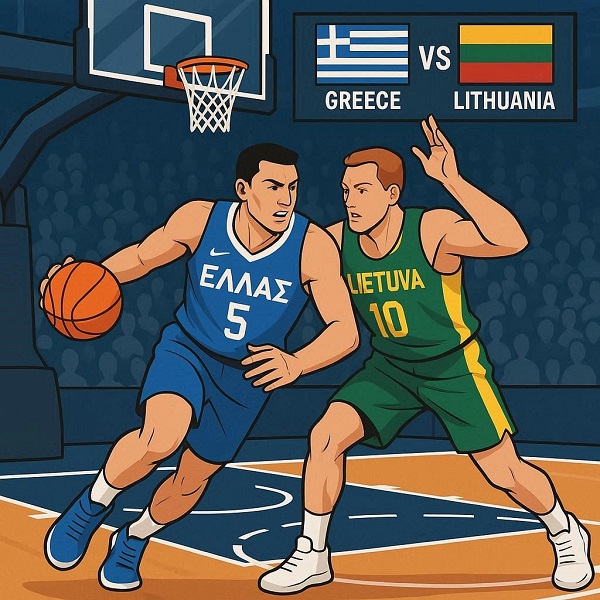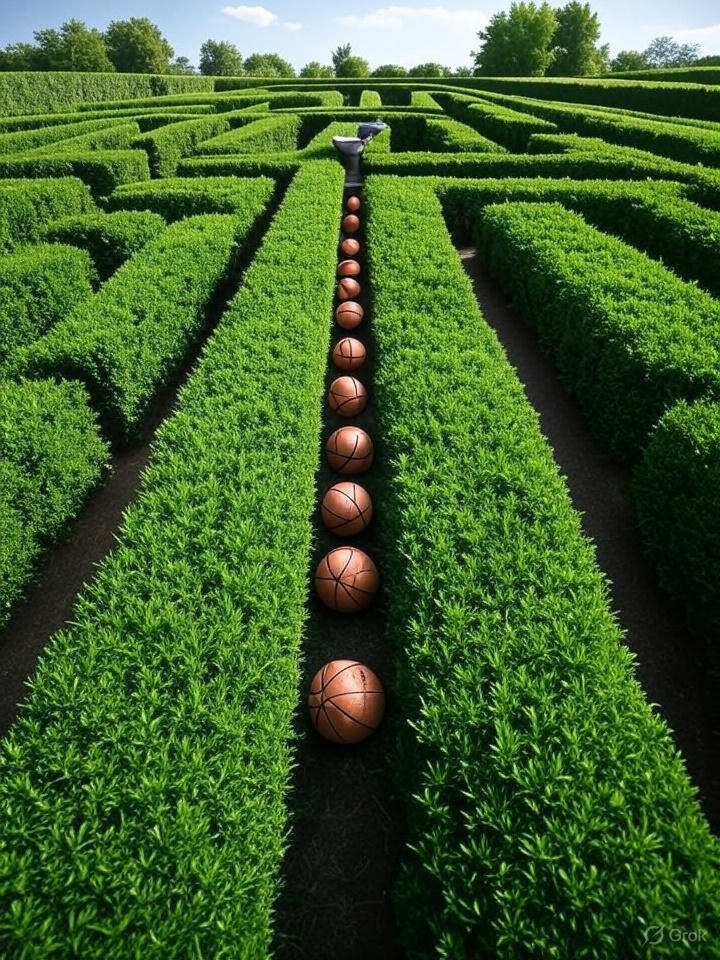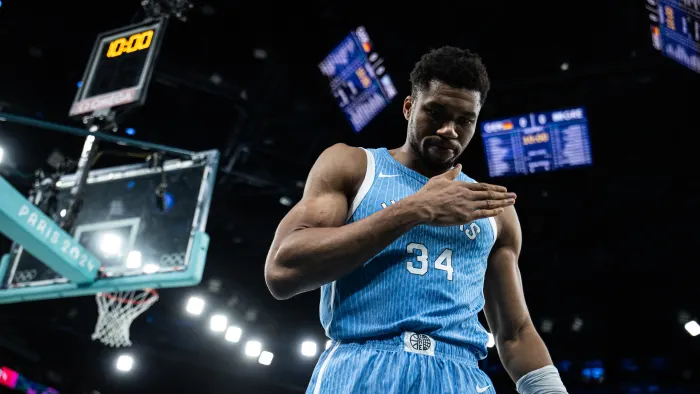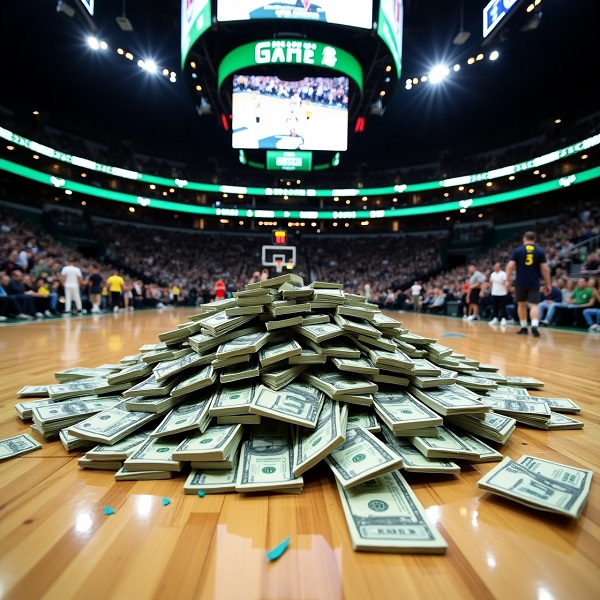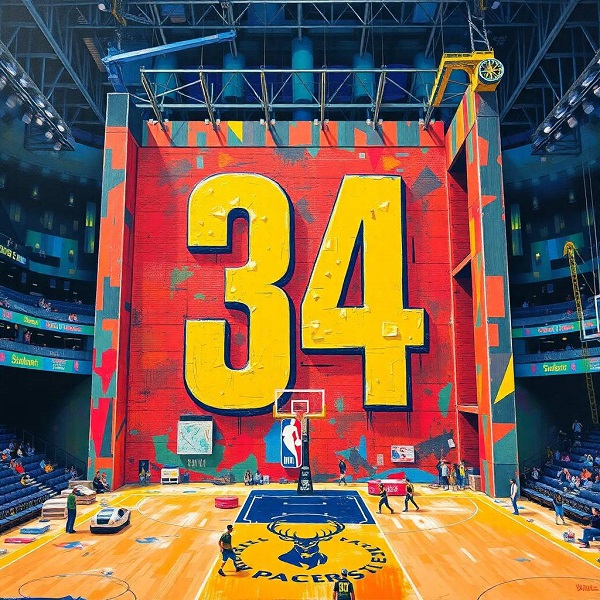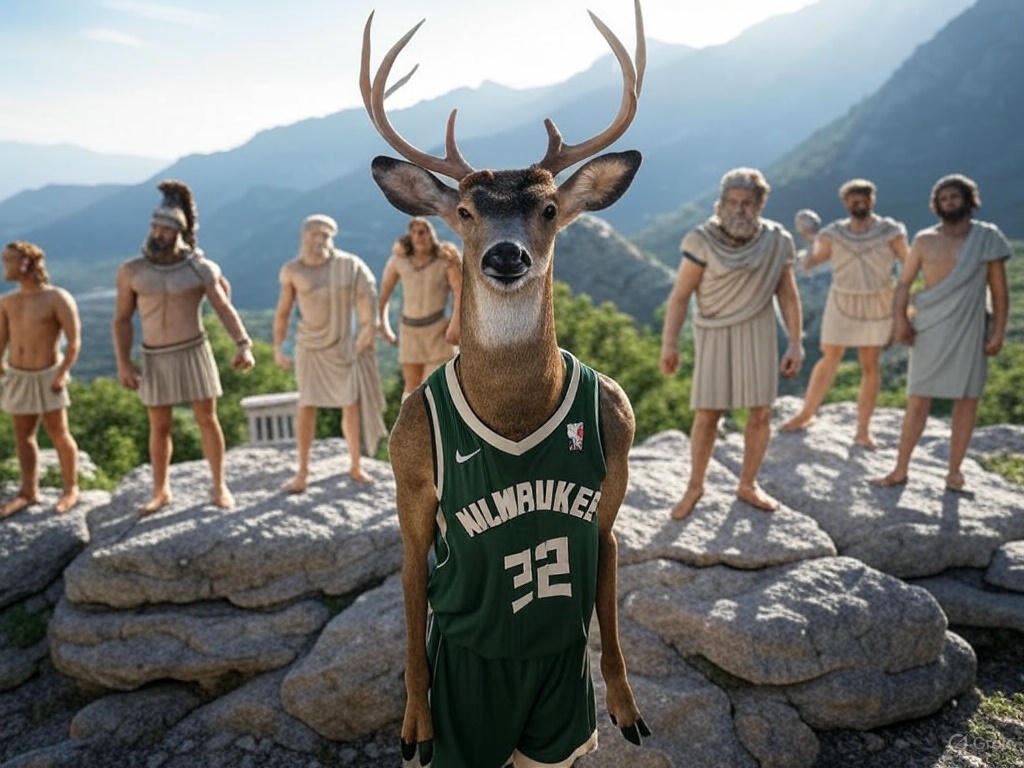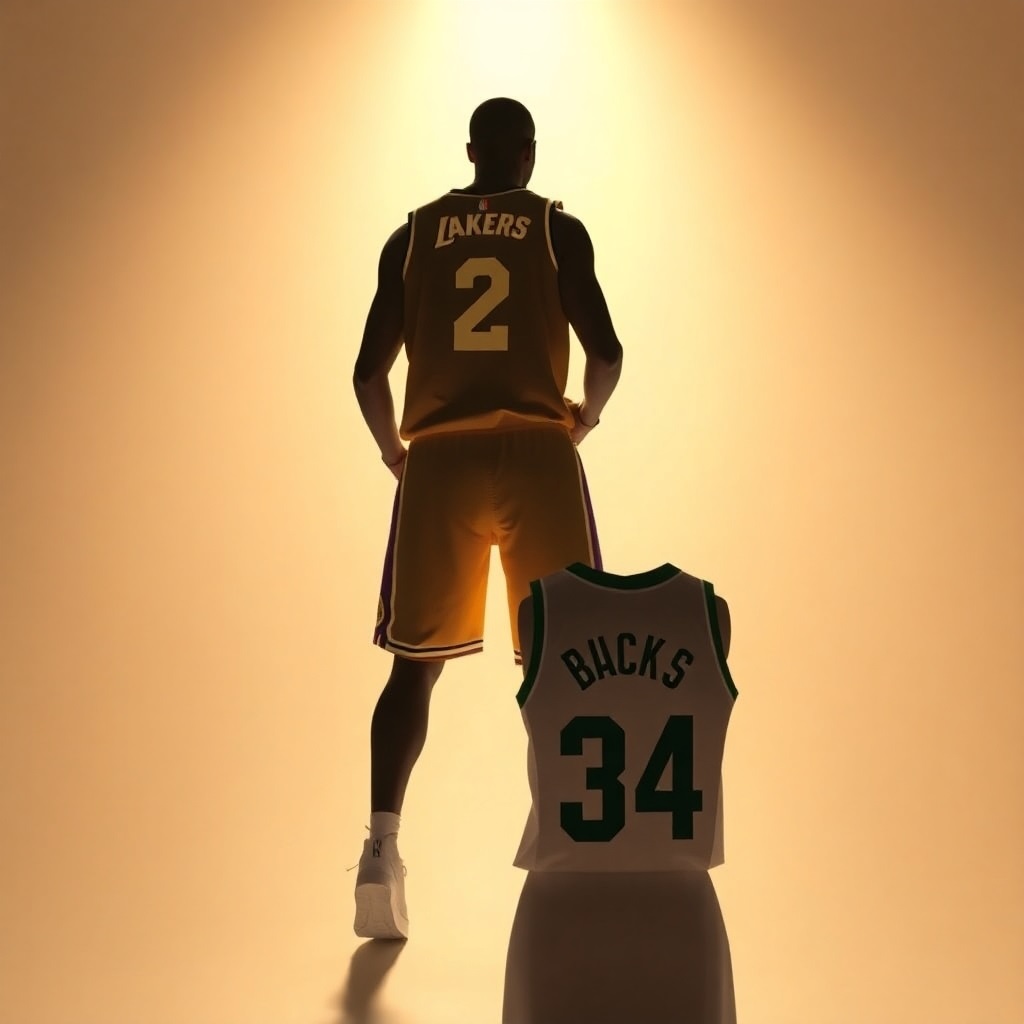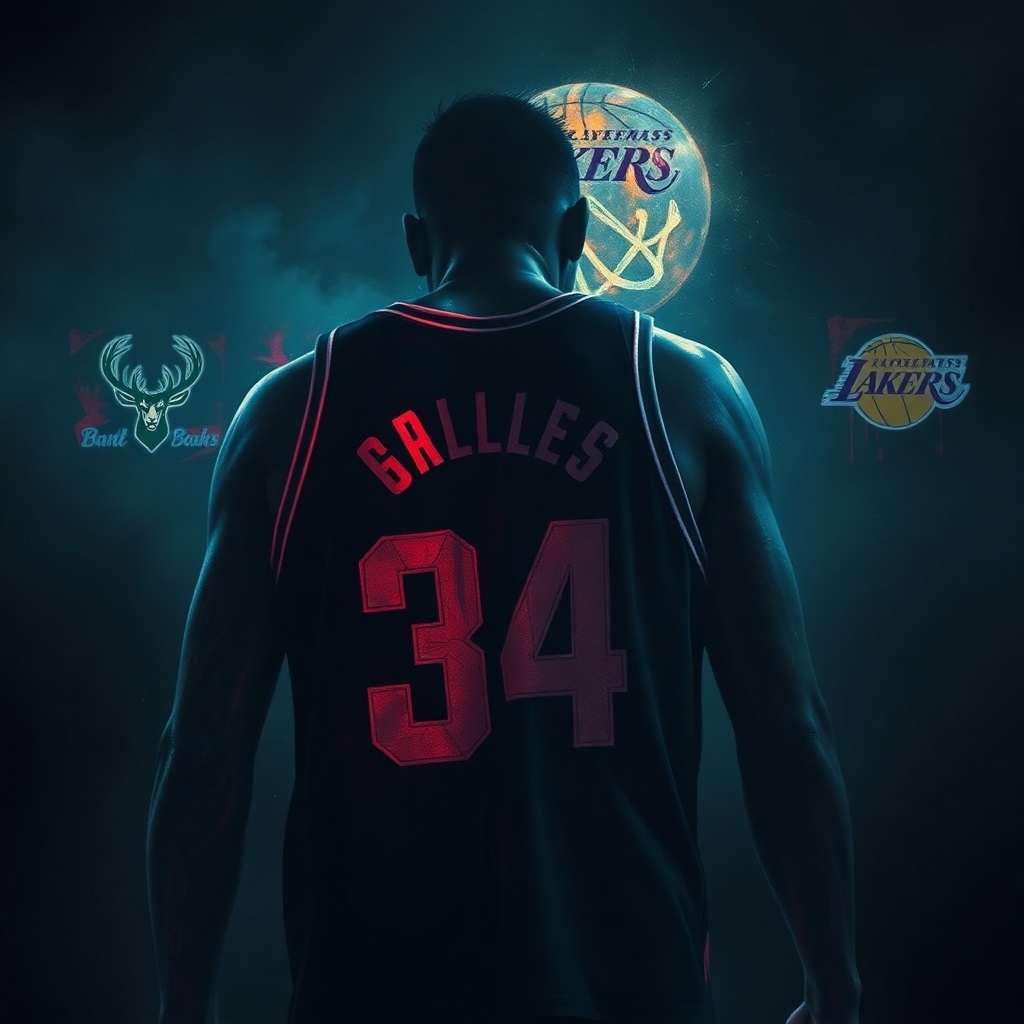Lithuania’s national basketball team is gearing up for a crucial quarterfinal matchup against Greece in the FIBA EuroBasket 2025, scheduled for September 9, 2025, in Riga, Latvia. With Giannis Antetokounmpo (the “Greek Freak”) leading Greece and coming off a dominant 37-point, 10-rebound performance in their Round of 16 win over Israel, the question of who—or what—can contain him is front and center. Giannis, a two-time NBA MVP and one of the most unstoppable forces in international basketball, has been averaging over 25 points per game in the tournament while extending his streak of 25+ point outings to 10 straight. Stopping him entirely is a tall order—no one has truly done it this tournament—but Lithuania has a fighting chance thanks to their physical style, rebounding dominance (leading the event at 42.2 rebounds per game), and a key big man matchup.
Key Player to Watch: Jonas Valančiūnas
Lithuania’s best hope lies with veteran center Jonas Valančiūnas, the 6’11” (2.11m) Toronto Raptors big man who’s been a cornerstone of the Lithuanian team for over a decade. At 33 years old, Valančiūnas brings NBA-level physicality, with career averages of 11.3 points, 8.1 rebounds, and 0.6 blocks per game in the league. He’s no stranger to defending elite forwards like Giannis—during their time as Eastern Conference rivals, Valančiūnas has guarded him in regular-season matchups, using his strength and positioning to contest drives and limit second-chance opportunities.
In EuroBasket 2025 so far, Valančiūnas has been solid, averaging around 12 points and 10 rebounds while anchoring Lithuania’s interior defense. His role will be pivotal:
- Physical matchup: At similar height and with a stockier build (265 lbs/120 kg vs. Giannis’s 242 lbs/110 kg), Valančiūnas can body up on post-ups and fight for position on rebounds. Lithuania’s team-wide rebounding edge (they’ve out-rebounded opponents by double digits in group play) could neutralize Giannis’s transition and putback threats.
- Team strategy: Expect coach Marius Žukauskas to deploy a “help-and-recover” scheme, with wings like Deividas Sirvydis or Eimantas Bendžius sagging off shooters to double-team Giannis in the paint. Greece shoots 40.7% from three (second-best in the tournament), so Lithuania’s poor 27% three-point accuracy must improve to open driving lanes and force Giannis into tougher shots.
- Head-to-head history: In past international clashes (e.g., 2019 FIBA World Cup qualifiers), Valančiūnas has held his own against Giannis, limiting him to under 20 points in one game by clogging the lane and forcing kick-outs. Giannis thrives on transition and mismatches, but Lithuania’s disciplined half-court defense—rooted in the “Lithuanian school of basketball” praised by Greece’s coach Vassilis Spanoulis—could slow him down.
Challenges for Lithuania
Lithuania’s supporting cast (e.g., Rokas Giedraitis for perimeter help or Martynas Gecevičius off the bench) must stay disciplined to avoid fouls, as Giannis draws contact masterfully (he’s shooting 80%+ from the free-throw line in the tournament). If Greece’s shooters like Georgios Papagiannis or Tyler Dorsey get hot from deep, it pulls Valančiūnas out of the paint, creating mismatches.
Lithuania has “someone” in Valančiūnas to at least challenge Giannis and make it a battle inside, potentially turning the game into a gritty, low-scoring affair where their rebounding and free-throw attempts (they rank top-5 in attempts) shine. Historical head-to-heads are split (Lithuania 3-2 in the last five), and with home-crowd energy from their passionate fans, they could pull off the upset to advance to the semifinals. But if Giannis exploits switches or gets hot early, it could be a long night—expect a close one, with the winner decided by who controls the glass and forces turnovers.
So once again Giannis is lucky in this tournament. He avoided Nurkic because he knew he would lose against him and look bad. Now the aging Valančiūnas on a clearly inferior team to Greece has a tough assignment. Greece should win easily and Giannis has the upper hand thanks to his multiple helpers on court. This could be the easiest team route to the semifinals ever for Greece.
Below their matchup history:
Valančiūnas was with the Raptors for the early matchups, then moved to the Grizzlies (2019-21), Pelicans (2021-24), and Nuggets (2024-25). Games are regular season unless noted as playoffs. For brevity, I’ve focused on core stats—full box scores include turnovers and fouls where noted.
| Date | Teams (Home/Away for Bucks) | Score | Result (for Bucks) | Giannis Stats (PTS/REB/AST/FG%/Other) | Valančiūnas Stats (PTS/REB/AST/FG%/Other) |
|---|---|---|---|---|---|
| Nov 2, 2013 | Bucks @ Raptors | 90-97 | L | 2/2/0, 1-2 FG (50%), 17 MIN, 1 STL | 7/6/0, 3-8 FG (38%), 16 MIN, 2 TO |
| Jan 13, 2014 | Bucks vs Raptors | 94-116 | L | 11/7/4, 5-10 FG (50%), 33 MIN, 2 STL, 1 BLK, 4 TO | 17/10/0, 5-10 FG (50%), 32 MIN, 1 BLK, 4 TO |
| Apr 5, 2014 | Bucks @ Raptors | 98-102 | L | 4/4/2, 1-6 FG (17%), 25 MIN | 17/13/3, 7-11 FG (64%), 34 MIN, 1 BLK |
| Apr 14, 2014 | Bucks @ Raptors | 100-110 | L | 9/6/0, 4-9 FG (44%), 27 MIN, 1 BLK | 14/13/1, 5-11 FG (45%), 28 MIN, 1 STL, 1 BLK |
| Nov 21, 2014 | Bucks @ Raptors | 82-124 | L | 7/2/2, 1-4 FG (25%), 15 MIN, 5-7 FT (71%), 1 STL | 18/12/0, 6-7 FG (86%), 21 MIN, 6-6 FT (100%) |
| Jan 19, 2015 | Bucks vs Raptors | 89-92 | L | 6/3/5, 3-8 FG (38%), 33 MIN, 3 STL, 1 BLK | 11/13/0, 5-8 FG (63%), 19 MIN, 1 STL, 1 BLK, 5 TO |
| Feb 2, 2015 | Bucks @ Raptors | 82-75 | W | 12/12/3, 4-9 FG (44%), 35 MIN, 2 BLK | 12/13/0, 6-9 FG (67%), 25 MIN, 1 BLK |
| Nov 1, 2015 | Bucks @ Raptors | 87-106 | L | 20/9/2, 8-12 FG (67%), 33 MIN, 1-1 3PT (100%), 1 BLK | 19/8/0, 7-12 FG (58%), 29 MIN, 2 STL |
| Nov 25, 2016 | Bucks vs Raptors | 99-105 | L | 29/6/11, 12-17 FG (71%), 35 MIN, 4 TO | 12/7/0, 6-11 FG (55%), 31 MIN |
| Dec 12, 2016 | Bucks @ Raptors | 100-122 | L | 30/9/5, 13-23 FG (57%), 39 MIN, 3 STL | 11/12/1, 4-9 FG (44%), 23 MIN |
| Jan 27, 2017 | Bucks @ Raptors | 86-102 | L | 19/6/8, 7-15 FG (47%), 33 MIN, 3 BLK, 3 TO | 8/11/1, 4-10 FG (40%), 24 MIN, 1 STL, 2 BLK |
2017 Playoffs (First Round: Raptors vs Bucks, Raptors won series 4-2)
These were intense physical matchups, with Valančiūnas providing interior defense against a rising Giannis. Giannis averaged 24.8 PTS, 9.5 REB, 4.0 AST in the series, while Valančiūnas averaged 11.2 PTS, 10.5 REB.
| Date | Game # | Score | Result (for Bucks) | Giannis Stats | Valančiūnas Stats |
|---|---|---|---|---|---|
| Apr 15, 2017 | Game 1 (Bucks @ Raptors) | 97-83 | W | 28/8/3, 9-13 FG (69%), 2 BLK | 5/10/0, 2-7 FG (29%), 1 BLK |
| Apr 18, 2017 | Game 2 (Bucks @ Raptors) | 100-106 | L | 24/15/7, 10-20 FG (50%), 3 BLK | 10/13/0, 4-6 FG (67%), 1 BLK |
| Apr 20, 2017 | Game 3 (Bucks vs Raptors) | 104-77 | W | 19/8/2, 8-14 FG (57%), 2 BLK | 7/6/0, 3-7 FG (43%) |
| Apr 22, 2017 | Game 4 (Bucks vs Raptors) | 76-87 | L | 34/9/3, 14-24 FG (58%), 2 BLK | 13/8/1, 5-9 FG (56%), 1 BLK |
| Apr 24, 2017 | Game 5 (Bucks @ Raptors) | 93-118 | L | 30/9/3, 12-19 FG (63%), 3 BLK | 8/9/1, 4-5 FG (80%) |
| Apr 27, 2017 | Game 6 (Bucks vs Raptors) | 89-92 | L | 34/9/3, 13-23 FG (57%), 2 BLK | 19/11/1, 6-10 FG (60%), 3 BLK |
